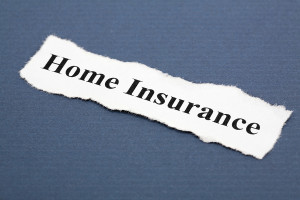 U.S. insurers’ prospective after-tax return on equity for homeowners insurance is 4.8 percent on average, a decrease from the 6.9 percent of 2010, mainly due to subdued investment returns and higher estimates of non-coastal losses.
U.S. insurers’ prospective after-tax return on equity for homeowners insurance is 4.8 percent on average, a decrease from the 6.9 percent of 2010, mainly due to subdued investment returns and higher estimates of non-coastal losses.
That calculation comes from Aon Benfield, the global reinsurance intermediary and capital advisor of Aon Corp. in its annual Homeowners ROE Outlook report, which analyzes insurers’ prospective returns on equity for homeowners business based on their July 2011 rate filings.
The report reviews the latest rate filings of insurers operating in the 25 largest states.
Aon Benfield estimates that investment returns will average 3.8 percent during the current annual period, a decrease from the 5.0 percent seen in prior years. Excluding this change, insurers’ prospective ROE would be 6.3 percent, down from 6.9 percent in 2010, and still well below the true cost of capital, according to the report.
The report says homeowners insurers have improved their recovery of the cost of reinsurance capital in recent years, but could still recover a greater share of the annual cost of exposing capital to retained catastrophe losses.
“Great progress has been made across the homeowners’ insurance industry to more fully recover the cost of reinsurance over the past few years – a net cost that is generally lower than the cost of exposing an insurer’s own capital to catastrophic risk. However, homeowners’ insurers continue to maintain and expose significant capital to retained catastrophe risk,” said Bryon Ehrhart, chairman of Aon Benfield Analytics.
He said the filings show that the annual cost of exposing insurer capital to catastrophic risk is not being fully recovered. “Homeowners insurance consumers therefore continue to benefit from rates that do not fully reflect the annual cost of insuring their homes,” he said.
Source: Aon Benfield
Was this article valuable?
Here are more articles you may enjoy.

 Storm Goretti Batters Europe With Violent Winds, Power Cuts
Storm Goretti Batters Europe With Violent Winds, Power Cuts  NYC Sues Delivery App Over Lost Pay in New Mamdani Crackdown
NYC Sues Delivery App Over Lost Pay in New Mamdani Crackdown  California Bill Would Require Insurer Claims Handling Plans, And Double Penalties
California Bill Would Require Insurer Claims Handling Plans, And Double Penalties  OpenAI And Microsoft Sued Over Murder-Suicide Blamed on ChatGPT
OpenAI And Microsoft Sued Over Murder-Suicide Blamed on ChatGPT 